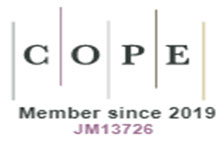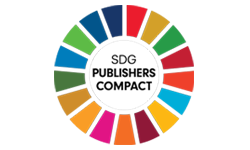Abigail Garcia-Radilla , Mariana Ortiz-Reynoso , Gabriel Cuevas , Edna T. Alcantara-Fierro , and Jonnathan G. Santillán-Benitez
Background: Melt granulation (MG) is a simple operation involving a uniform mixture of active ingredients with a melted polymeric carrier. However, this process can also enhance a drug’s biopharmaceutical properties by augmenting its dissolution rate and, thus, its absorption.
Purpose: By applying MG technology, current research focuses on developing co-processed ketoconazole with a higher aqueous dissolution rate than its pure form.
Methods: A measure of how the type and proportion of polymeric carriers affect the crystallinity and dissolution rate of co-processed ketoconazole materials was performed. MG prepared materials in a high-shear mixer using co-povidone (Kollidon®) VA 64, HPMCAS HF as polymeric carriers, PEG 1450 (Kollisolv®) and triethyl citrate as plasticizers.
Results: The co-processed ketoconazole materials exhibited miscibility in the polymeric systems, as indicated by the reduction in the enthalpy of fusion. Drug crystallinity was significantly reduced in the HPMCAS HF polymeric system, confirmed by XRPD and ATR-FTIR studies. The dissolution rate was enhanced by using a higher drug concentration in a co-povidone VA 64 environment; contrarily, for HPMCAS HF, a higher drug dilution was observed to favor the dissolution rate.
Conclusions: MG is a handy, low-cost technology that develops dissolution enhanced co-processed active pharmaceutical ingredients, spotting specific carrier-drug interactions. MG yields scalable, proven processes, raising interest in its applications in optimizing drug therapeutic efficacy. Ultimately, this technology for dissolution enhancement could bring lower-cost, high-efficiency drugs to improve patients’ quality of life.


